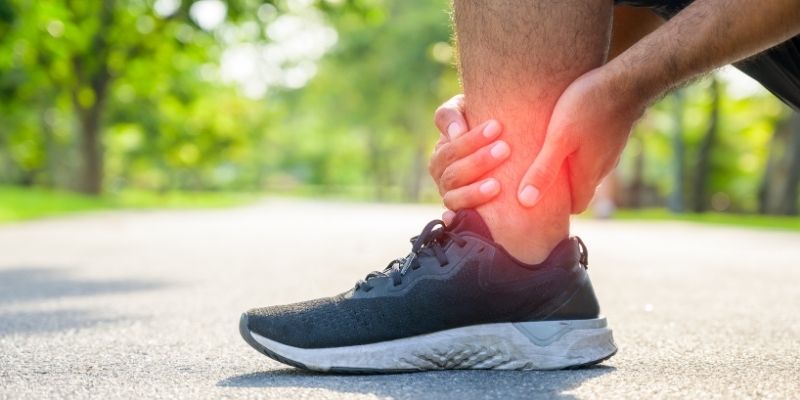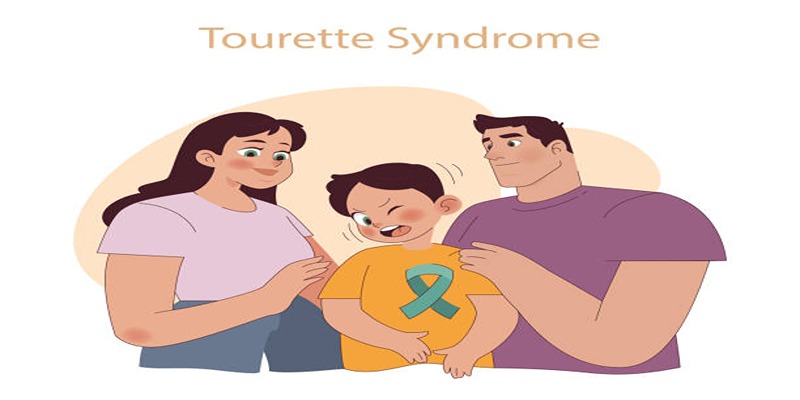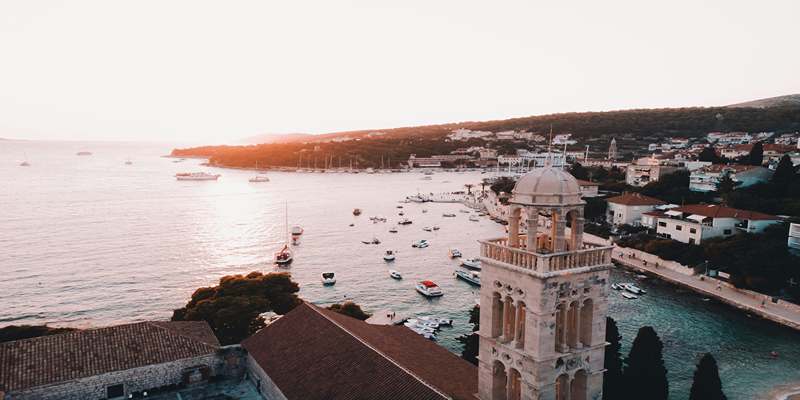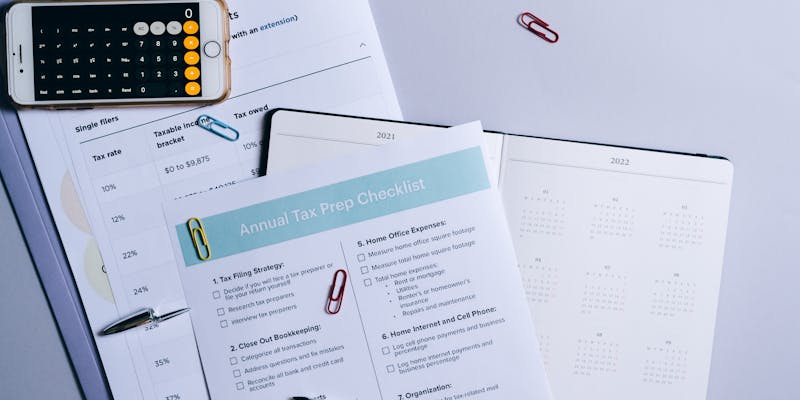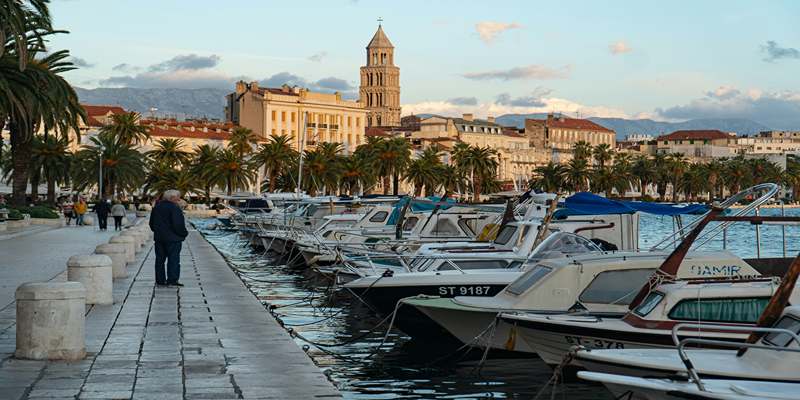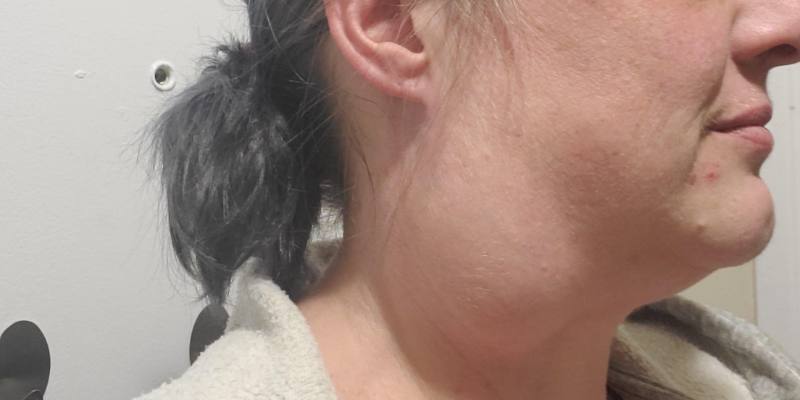Perfect 2-Day Vienna Itinerary for Travelers
Vienna, the capital city of Austria, is fabled for its irresistible charm, tradition, and cultural performance. If you have an interest in history or art, you will be engaged and entertained, and even if you are not particularly interested in either, Vienna offers beautiful architecture and gorgeous gardens. There are a lot of museums, famous buildings and sights, and nice districts—all these things make it possible to feel the spirit of this wonderful city in two days. This travel guide will take you through a perfect two-day’ tour of Vienna to help you enjoy most of the traveling places while giving you as much history as you would need.
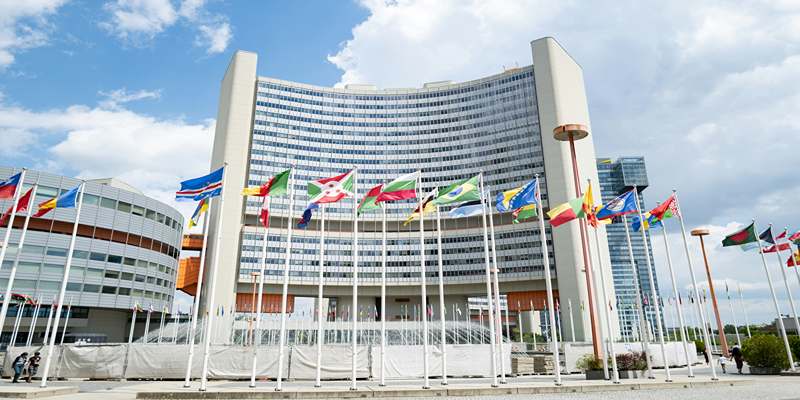
Day 1: Discover Vienna’s Rich History and Iconic Landmarks
Morning: Start with the Hofburg Palace
Start your day in Vienna with a discovery of the imperial past at the Hofburg Palace. All these have been located in the heart of Vienna, and for more than 600 years it has been the royal palace of the Habsburgs. Today it is the residence of the President of Austria and a collection of museums and other attractions. The Hofburg is definitely one of the must-visit places in Vienna.
Do not miss the Imperial Apartments, in which emperors of the Austrian Empire, Franz Joseph I and his wife, Elisabeth (Sisi), used to reside. These rooms are well furnished with the amenities of the then Austro-Hungarian Monarchy, and the interiors are opulent. If you want to learn more about the royal family’s rather interesting past, you should definitely head to the Sisi Museum, which focuses on the life of the much-loved Empress. You can also visit the Imperial Treasury and the crown jewels of Europe and other Imperial treasures like the Holy Roman Empire.
Late Morning: St. Stephen’s Cathedral and Graben Street
Meant for the Catholic religion, the construction of the Gothic architecture is famously known as Stephansdom and is situated in the heart of Vienna. Admire all the beautiful workmanship, starting with the roof and the outer walls of the cathedral. If you dare, there are 343 steps that will take you to the top of the South Tower for a bird’s-eye view of Vienna.
After visiting the cathedral, you can walk through the Graben Street, which is one of the major shopping streets in Vienna that links St. Stephen’s Cathedral to many other structures. Graben features many preserved historical facades and is filled with luxurious shops and restaurants as well as cafés. It is an ideal place for a stroll, which allows you to have a glimpse of the city and do some shopping or taste a delightful piece of the traditional Viennese confectionery in a café.
Afternoon: Visit the Belvedere Palace and Gardens
The palace complex is made up of two parts, the Upper Belvedere and the Lower Belvedere, and both are enclosed by the beautiful gardens. The Upper Belvedere contains the largest amount of works of Austrian painter Gustav Klimt and his famous painting, “The Kiss.” Art lovers will also find the palace an important landmark for their collections of artworks from the medieval to the modern period.
Spending some time, walk across the vast stretch of lawns and the garden, which is beautiful enough to capture a panoramic view of the city. The rectangular pattern of the pathways, the straight lines of the fountains, and the statues also make it a typical example of a baroque garden. For those willing to take a break from the noisy city and get some peace and quiet, the gardens are perfect.
Day 2: Experience Vienna’s Culture and Modern Attractions
Morning: Schönbrunn Palace and Gardens
On the second day, your first stop should be Schönbrunn Palace, one of the most visited places in Vienna. This was a summer palace of the Habsburgs; the UNESCO site is often compared to the Palace of Versailles in France. The palace itself is baroque, and the interiors will let you imagine the royal life of the Austrian kings and queens. Your guide should not leave out the Hall of Mirrors and Great Gallery; they are great, spectacular, and of great history.
The palace itself also has well-landscaped gardens, and there is nothing wrong with taking a stroll around the palace in the evening. The Gloriette—an open porch located on the highest terrace of the gardens—might well be the best place for an amazing look at the palace and the city from above. To enhance this, you can take a walk at the Palm House, a large glass structure housing a selection of tropical plants.
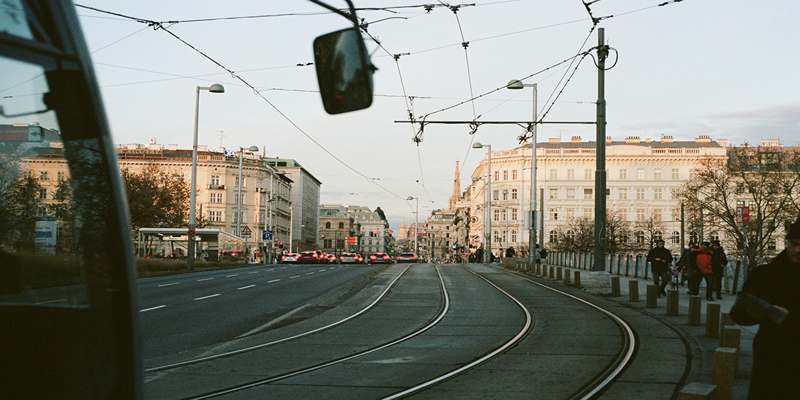
Late Morning: Kunsthistorisches Museum
Following Schönbrunn, continue visiting the Kunsthistorisches Museum (Museum of Art History), which deserves to be called one of the most outstanding throughout the world. The private art gallery with a stunning European painting collection from Ancient Egypt to the 18th century is set near Ringstrasse. The museum has the largest stock of art pieces, and among them are masterpieces from painters like Rembrandt, Vermeer, and Titian.
The gallery has some of the most exotic masterpieces, such as paintings of the Italian Renaissance and Flemish Baroque. The museum is located in a large building; beautiful stuccoes and ceilings of the galleries increase the monumental image. The art lovers, or anyone who loves culture, should not miss this museum no matter how many hours they will spend in Vienna for two days.
Afternoon: Naschmarkt and the Austrian National Library
For your second day in Vienna, take a walk at the Naschmarkt—the most famous food market in Vienna. This colorful market sells local and imported foods where you can find fruits, vegetables, and other spices. It is the best place to grab a cup of coffee and some typical Austrian tart, which includes Wiener Würstchen, Apfelstrudel, and the rest.
Conclusion
Vienna’s rich cultural heritage, stunning architecture, and beautiful gardens make it a must-visit destination for any traveler. In just two days, you can explore the city’s most iconic landmarks, from the imperial Hofburg Palace to the artistic treasures of the Belvedere Palace. Whether you’re strolling through the historic streets or visiting world-class museums, Vienna offers a perfect blend of history, culture, and modern attractions. With this 2-day itinerary, you’ll experience the best of Vienna and create unforgettable memories of this elegant European city.

